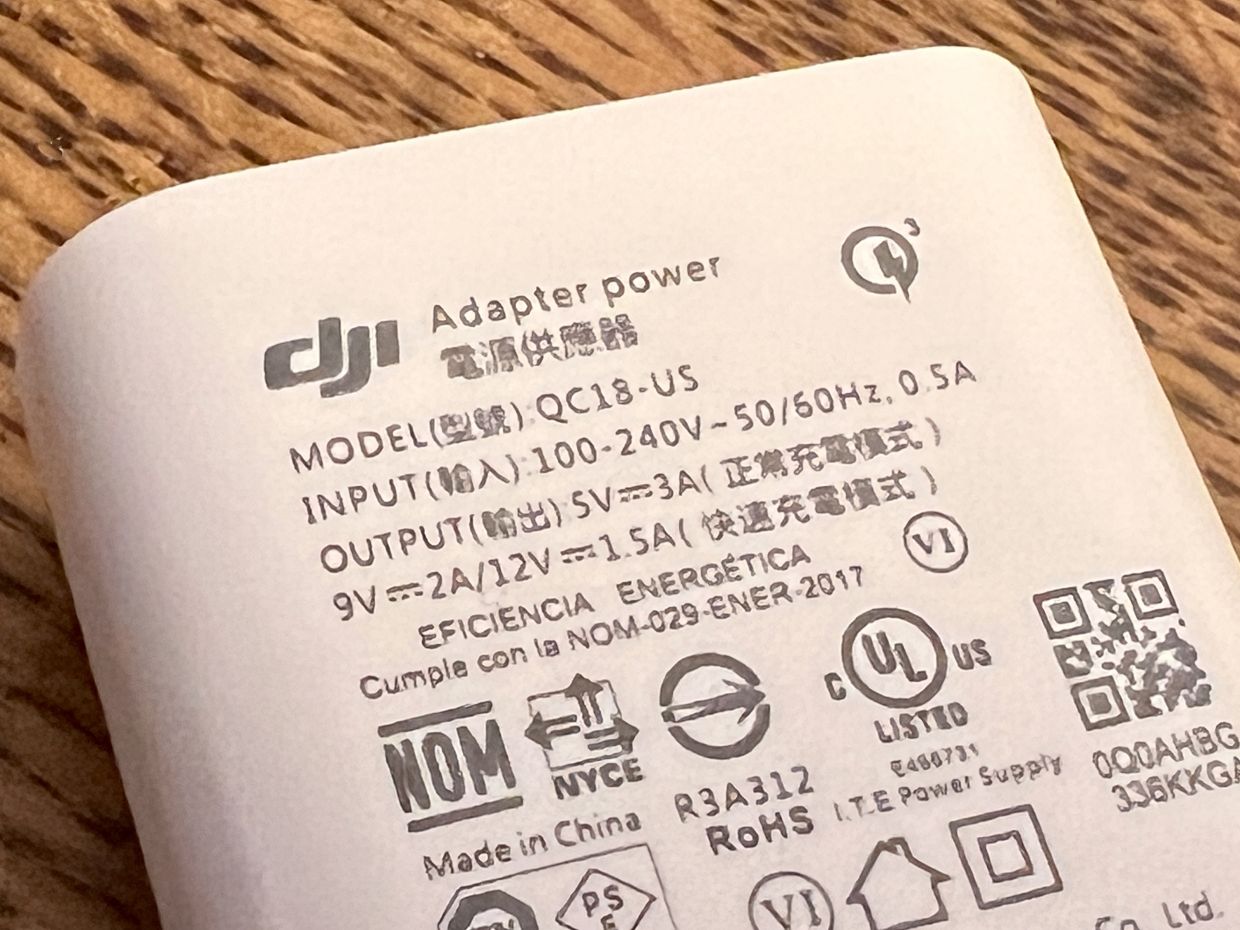
Pay attention to the input and output power numbers on your USB chargers. You may need a magnifying glass to read the tiny text. — Jim Rossman/TNS
Usually, my columns start with someone asking me a question.
Today, the topic comes from me.
It is unbelievable how many of our daily devices need a USB port to charge their internal batteries.
I’ve noticed an issue with USB charging of some devices.
Sometimes you can give a device too much power, which keeps it from charging correctly.
USB charging used to be one-size-fits-all. If a device had a USB cord to charge, it didn’t matter which charger you used, because they all provided 5 volts at a maximum power of 2.5 watts with a maximum current of 500 milliamps, which was the USB 2.0 standard.
This was very handy, because if you saw a USB port, you could plug in and know how much power was going to be provided.
As devices got bigger batteries, charging at them took longer, so companies like Apple started to make chargers and devices (like iPhones and iPads) that talked to each other to provide more power for faster charging.
USB 3.1 ports can provide 5 volts at up to 4.5 watts with a current of 900 mA.
Today’s fastest USB ports are called "PD," which stands for Power Delivery. They can provide up to 100 watts at varying voltages from 5-20 volts at a current up to 5 amps.
These are the chargers that can fast-charge or power your laptops and fast-charge your phone or tablet.
In a perfect world, when you plug in any device into a USB PD port, if the device can accept more power, it will negotiate an optimal charge rate and take as much power as fast as it safely can.
I’ve had a few gadgets recently refuse to charge when I’ve had them connected to some of my higher-powered USB PD chargers.
I’m currently testing a battery-powered headlamp. The rechargeable battery’s charge indicator did not light up at all when I plugged it into the USB PD cable I use to power my MacBook Pro.
I changed over to the provided USB cable and plugged it into a lower-powered USB port and it charged as expected.
I suppose the lesson this week is to pay attention to the amount of power coming from your USB chargers. It will be printed on the charger in very small type. If you plug in a device and you don’t see normal charging, try the cable that came with the device and a different charger or port. – Tribune News Service









































